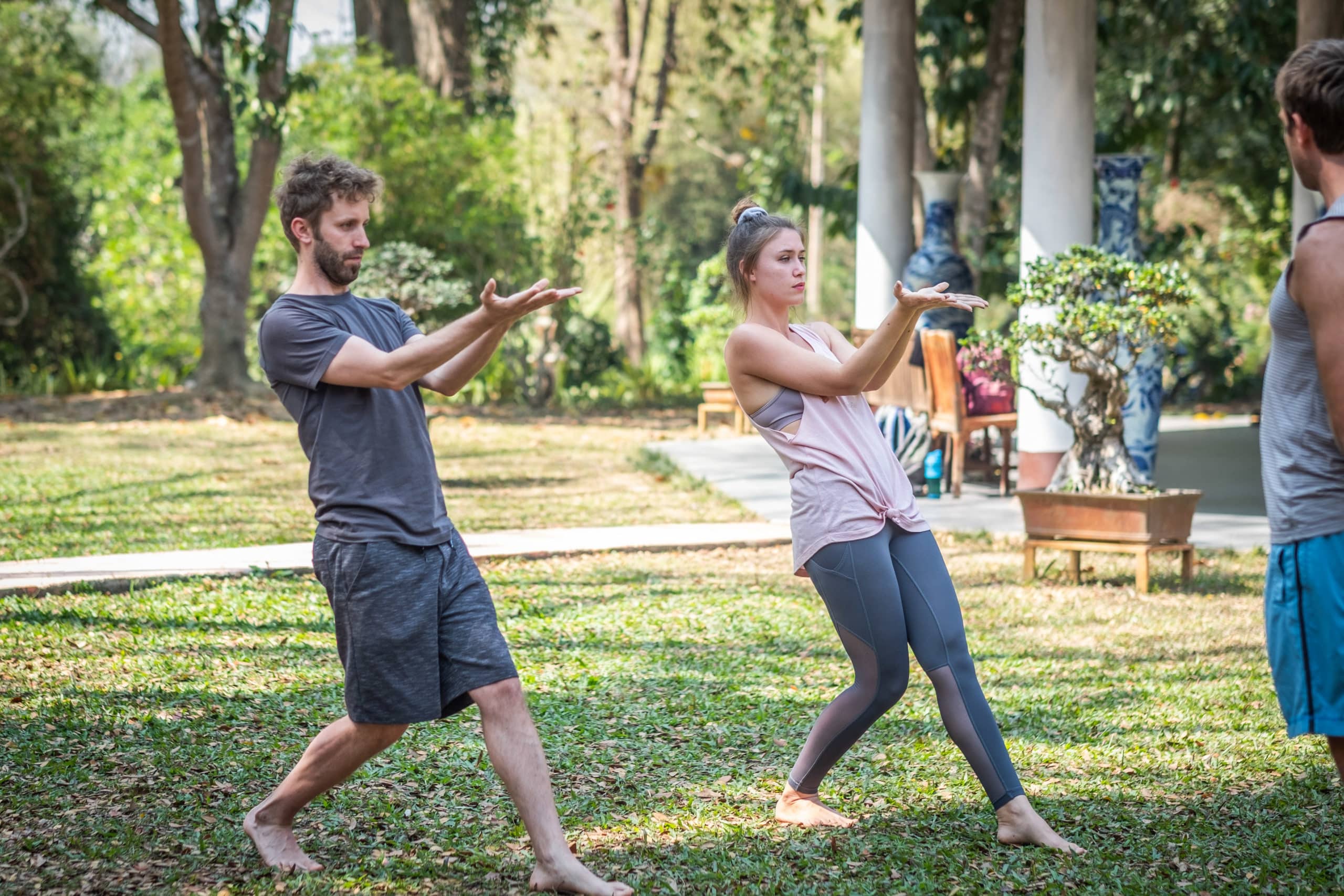
Active recovery vs. rest: which is more effective?
Apr 12, 2019How important is active recovery? No matter what sport you love, proper recovery is always important – whether it's active or through rest. Fatigued muscles need time to repair, replenish, and grow stronger, and this time off will also dial down stress and allow your body to settle back into homeostasis. Ignore recovery, and unfortunately your hard work won’t pay off. Instead, you may end up experiencing fitness plateaus, decreased athletic performance, and other troubling signs of overreaching or overtraining, such as injury, insomnia, and illness.
We looked at the difference between active recovery and rest, and sharing practical tips on how you can use both to support your long-term health, fitness, and performance.
The Difference Between Active Recovery and Rest

Active Recovery
Active recovery promotes physical and mental rejuvenation and recovery through low- to moderate-intensity activities with minimal muscular effort. Active recovery techniques include light physical activity, self-massage, and mobility training.
Provided you feel well and are injury-free, active recovery techniques can practiced regularly to relieve muscle fatigue, accelerate lactate removal, enhance blood flow, and encourage muscle growth. You can add active recovery techniques immediately following your workout (cool down), in addition to dedicating one or more days a week to prioritize an active recovery technique, such as mobility training.

Rest
The goal of rest is to take time off from vigorous or strenuous activity while giving your body what it needs to replenish itself, like adequate sleep, good nutrition, and proper hydration. Rest day activities could include waking up without an alarm, curling up with a good book, prepping meals, and even tackling some light housework.
A rest day can be a great way to prioritize other aspects of your life, such as hobbies, friends, and family. Rest may also be needed if you’re nursing certain injuries or illnesses, experiencing insomnia, or feel overwhelmed, stressed, depleted, or fatigued.
While many of us have been conditioned to believe that rest days are a sign of weakness or failure, the reality is that mindfully listening and responding to your body’s cues for rest is an invaluable asset to your long-term health and athletic success.
Mindful Mobility Training
With a slower pace and lower intensity, active recovery is the perfect opportunity to develop your self-awareness, refine your movement patterns, and down-regulate stress – all of which can help you recover, reset, and progress.
As a blend of mindfulness, mobility training, and breathing exercises, Qigong is an active recovery technique that can help efficiently accelerate your physiological and psychological recovery; supporting your long-term goals. While the mindfulness aspect of Qigong helps to develop keen focus and postural awareness, Qigong’s slow and controlled mobility exercises support performance and recovery by boosting circulation, improving balance and coordination, and developing strength and control in under-trained muscles and movements.
By combining diaphragmatic breathing techniques with mobility exercises and mindfulness, Qigong also allows the practitioner to experience recovery at a deeper level. Diaphragmatic breathing directly affects the body’s built-in repair and recovery response (via the parasympathetic nervous system, or PNS), reducing the physiological and cognitive symptoms of stress that comes from training and day-to-day life.
Because it trains multiple physical and mental capacities, Qigong can be an extremely effective solution for those looking to get more from their recovery routines and receive the additional benefits mindfulness brings.
2 Simple and Effective Qigong Exercises for Active Recovery
While training sessions get muscles firing and your heart pumping, post-workout recovery sessions help transform your hard work into tangible gains and positive adaptations. White Tiger Qigong offers a dynamic form of Qigong that promote strength, mobility, fluidity, and recovery through low stances, single-leg balance, and multi-planar movement. Depending on your workout type and needs, add one or both to your active recovery regimen.
Deer Slaps Its Legs Qigong

After an intense run, cycle, or leg day, your lower body may feel fatigued, sore, or heavy. By moving the hips, knees, and ankles through various ranges, Deep Slaps Legs Qigong can help you refresh your legs, reduce stiffness, and encourage improved hip mobility.
Crane Soars and Descends Qigong

Through a dynamic single-leg balancing stance, Crane Soars and Descends Qigong can help you improve the mobility of the neck, shoulders, spine, and hips while enhancing blood flow throughout your entire body. Crane Soars and Descends may be especially useful if you’re experiencing soreness or fatigue in your calves, hamstrings, quadriceps, chest, biceps, and upper back.
Your best health and fitness are the culmination of the actions you take--including attention to active recovery and rest. For more information on how you can fine-tune your fitness strategy through mindful mobility training, explore our blog and collection of online courses and e-books



